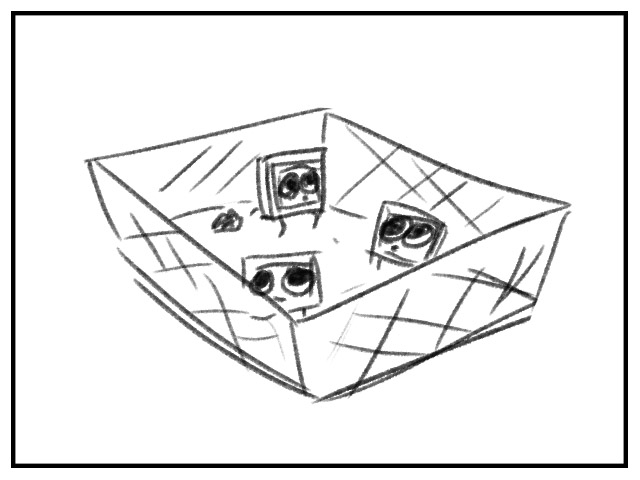Choosing a monitor
Monitors are an important component of any workstation and have different qualities to consider. Check out this buyer’s guide for more detailed information.
Monitor buying guide
The type of monitor
Monitors today are primarily LED flat panel displays. These types of monitors will last the longest and be most power efficient. Newer technologies like curved monitors are also available that can enhance emersion.
Resolution
Resolution is the number of Pixels the screen is made up of. The higher the number the more detail the monitor can achieve. At very least you should have a monitor that is High Definition or 1080p (1920 x 1080). This is because animation production requires that resolution, some productions even work beyond those resolutions such as 2k (2048×1080) or 4k (3840 x 2160) resolutions.
Size
The size of your monitor is also important; make sure to get a large enough monitor to prevent eye strain. 24” monitors are pretty common and can be found for around $150. Although, 27” and 32” monitors are becoming more common at an affordable price.
Colour space
Colour space is another aspect to consider. Two classifications are common, sRGB and Adobe RGB. A wide gamut sRGB is comparable to a full Adobe RGB colour space. Although, Adobe RGB does claim to have a wider colour gamut. Keep in mind the wider the colour gamut the more expensive the monitor will be. These expensive professional monitors are more geared for photo realism and may not be necessary for simply coloured animation.
Refresh rate
The term refresh rate refers to how fast the monitor can change colours. This property of a monitor is important when playing fast pace video games.
Special features
Some monitors offer special features such as picture in picture display or USB-C docking option for charging your laptop. Make sure to pick a monitor that will best suit your home workstation.
